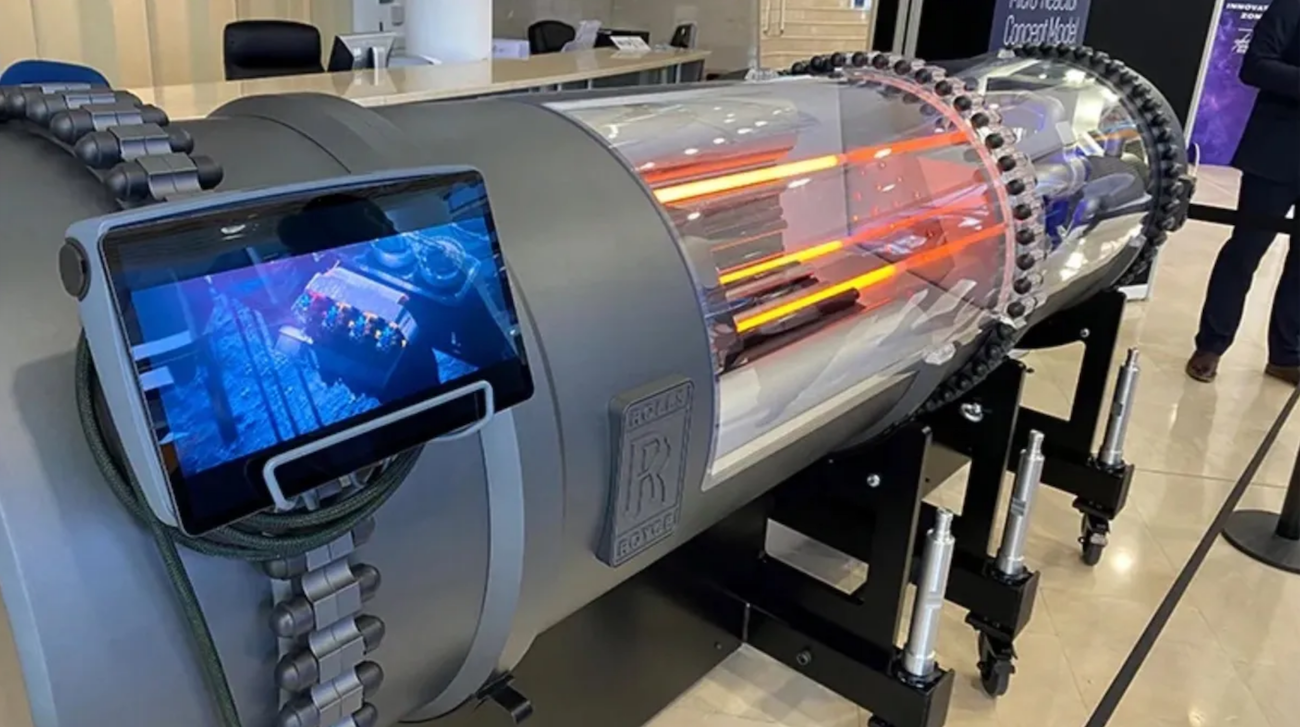In revolutionary research, scientists elicited the sense of touch in fingers using a minimally invasive electrode brain implant. This innovative study could change the lives of millions of people who live with paralysis and peripheral neuropathy (nerve damage).
Worldwide there are millions of people who aren’t able to feel sensations through their fingertips and toes. This situation can be the result of some illnesses or injuries.
“From buttoning our shirts to holding a loved one’s hand, our sense of touch may be taken for granted until we lose it,” said the study’s co-principal investigator, Chad Bouton. “These results show the ability to generate that sensation, even after it is lost, which may lead us to a clinical option in the future.”
Researchers implanted two patients with the stereoelectroencephalography (SEEG) electrodes. This electrical stimulation evoked a sort of tingling in the hand and fingertips.
Previously also, researchers managed to electrically stimulate certain (gyral) areas of the brain and restore some sensation to the hand. But through this latest research, researchers stimulated harder-to-reach (sulcal) areas of the brain. This helped them evoke precise sensory precepts in their fingertips.
Kevin J. Tracey, MD and president and CEO of the Feinstein Institutes said “This remarkable study indicates bioelectronic medicine and neurosurgery could restore functions previously lost in these conditions.”







